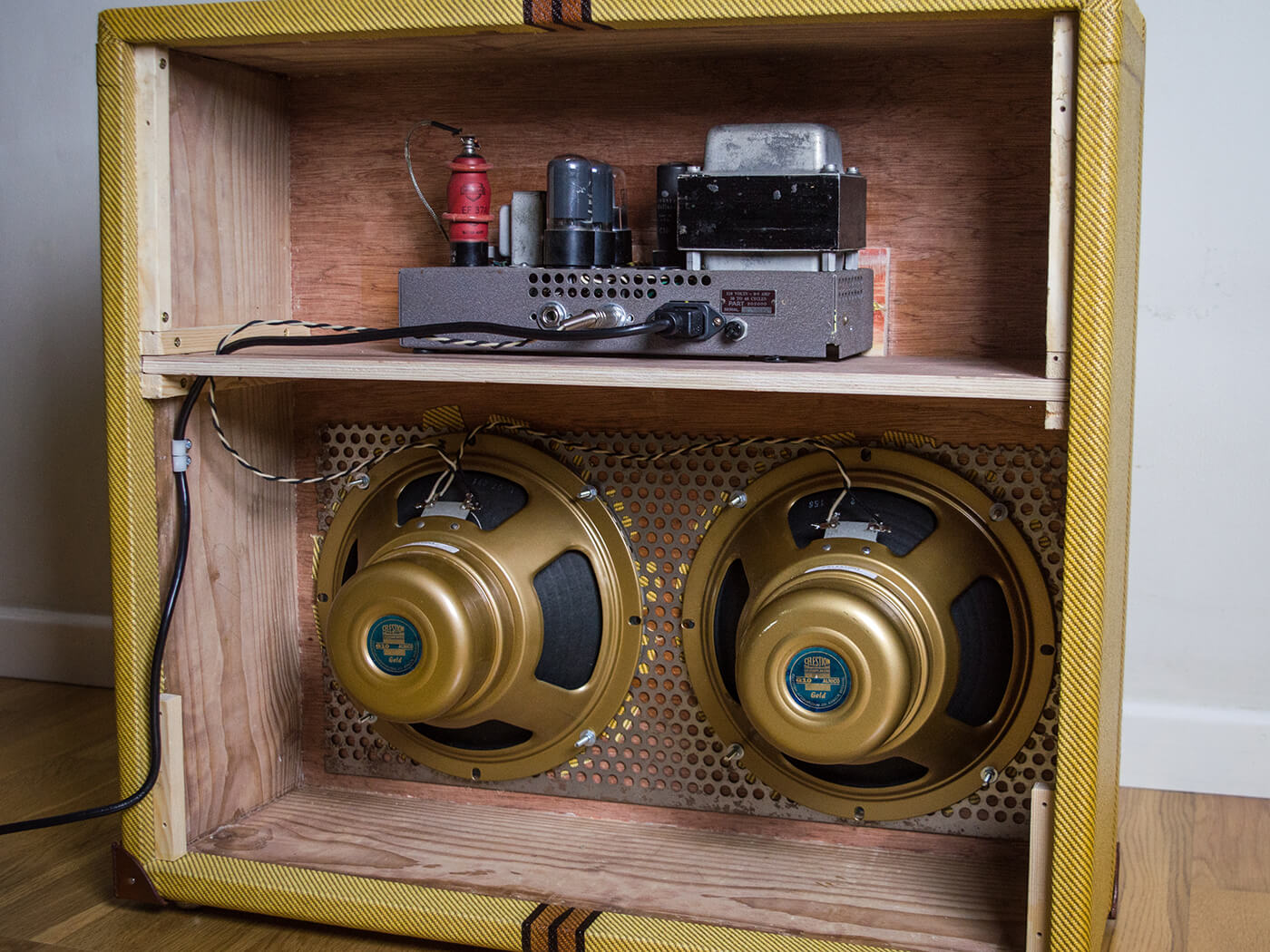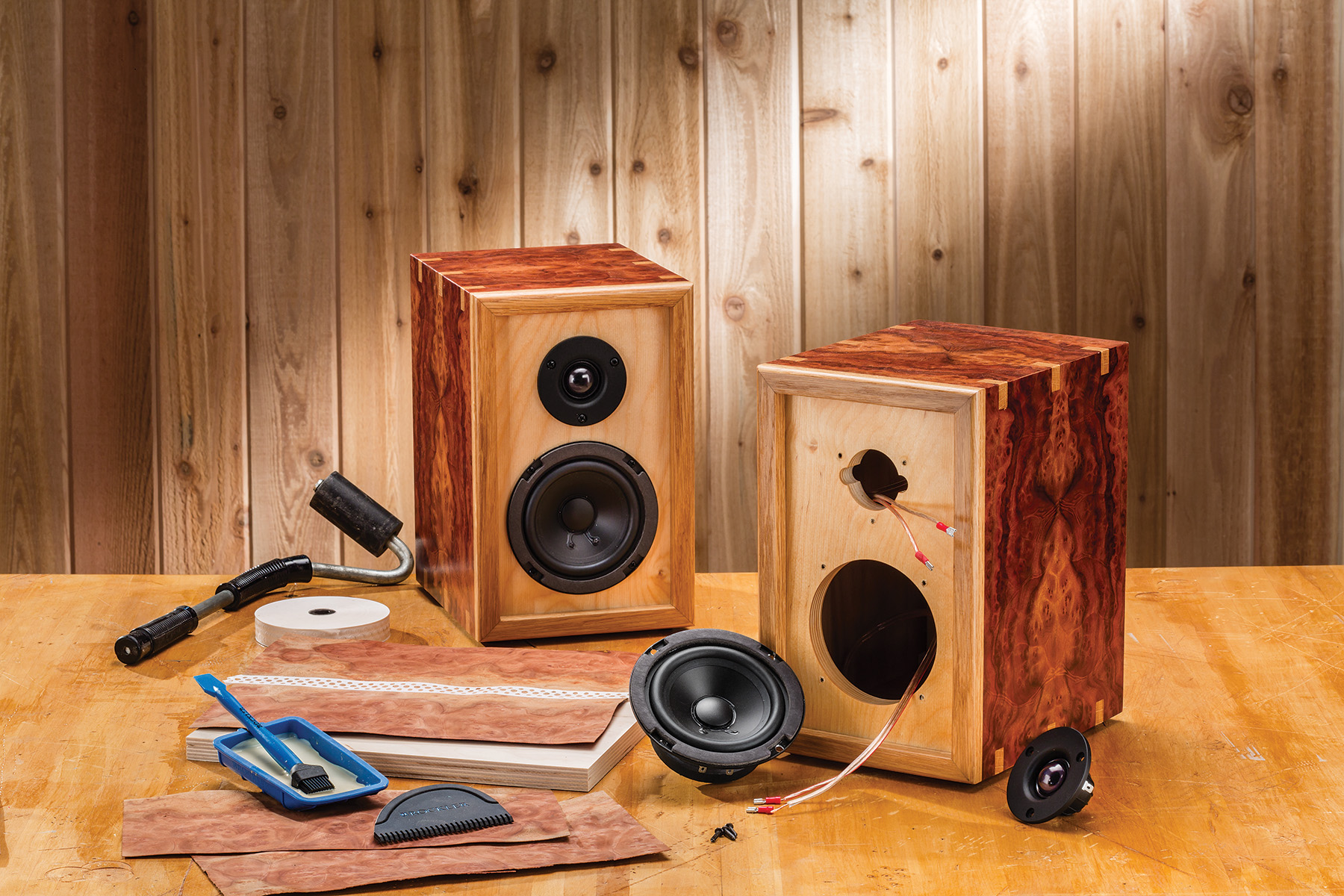Popular Wood Choices for W-Bin Speaker Cabinet Design

The heart of any great speaker lies not just in its drivers, but in the cabinet that houses them. The wood chosen for this crucial component significantly impacts the sound quality, influencing resonance, damping, and overall tonal character. Choosing the right material is a critical step in crafting a high-fidelity listening experience. This section delves into the acoustic properties of popular wood choices, specifically comparing hardwoods and examining the role of MDF in speaker cabinet construction. Finally, a detailed design using Baltic Birch plywood will be presented as a practical example.
Hardwood Acoustic Properties
The selection of hardwood for a speaker cabinet involves a careful consideration of density, stiffness, and damping characteristics. These properties interact to determine how effectively the cabinet controls unwanted vibrations and resonances, directly impacting the clarity and accuracy of the sound reproduction. Higher density generally equates to better stiffness and lower resonance, while damping helps to absorb unwanted vibrations. However, the ideal balance varies depending on the specific design and desired sonic signature.
| Wood Type | Density (kg/m³) | Stiffness (GPa) | Damping |
|---|---|---|---|
| Birch | 640-720 | 12-15 | Moderate |
| Maple | 640-710 | 11-14 | Moderate |
| Cherry | 550-650 | 9-12 | Moderate to High |
W bin speaker cabinet design – Note: Density and stiffness values can vary depending on the specific species and growing conditions. Damping is a more qualitative measure, influenced by factors beyond simple density and stiffness.
MDF in Speaker Cabinet Construction
Medium-Density Fiberboard (MDF) offers a cost-effective alternative to hardwood. Its uniform density and smooth surface make it easy to work with, facilitating precise cuts and finishes. However, MDF’s inherent lack of internal grain structure can lead to greater resonance compared to hardwood. This can be mitigated through strategic bracing and damping techniques, but it often requires more effort to achieve comparable sound quality to a well-constructed hardwood cabinet. The cost advantage of MDF, coupled with the potential for excellent results with careful design and construction, makes it a popular choice for budget-conscious builders.
Baltic Birch Plywood Cabinet Design
Baltic Birch plywood, known for its strength, stability, and consistent quality, presents an excellent material for speaker cabinet construction. Its layered structure offers inherent damping properties, mitigating internal resonances. This design utilizes a W-bin configuration, known for its robust internal bracing and reduced unwanted vibrations.
Materials List
- Sheets of 15mm Baltic Birch Plywood (quantity determined by cabinet dimensions)
- Wood Glue (high-quality, water-resistant)
- Screws (appropriate size and length for joining plywood)
- Wood Filler
- Sandpaper (various grits)
- Finishing materials (paint, stain, lacquer, etc.)
- Bracing material (additional strips of Baltic Birch or similar)
Construction Process
The cabinet will be constructed using dado and rabbet joints for strength and accuracy. Internal bracing will consist of strategically placed cross-braces, glued and screwed into place to minimize internal resonance. The process will involve cutting the plywood panels to the precise dimensions, assembling the main box using the chosen joints, adding internal bracing, filling any gaps with wood filler, sanding smooth, and finally applying the chosen finish. The specific dimensions and bracing pattern will depend on the desired speaker driver size and specifications, but the core principles of strong joinery and effective bracing remain constant.
Internal Bracing and Design Strategies for W-Bin Speaker Cabinets: W Bin Speaker Cabinet Design

The seemingly simple box of a speaker cabinet is, in reality, a complex acoustic instrument. Its internal structure significantly impacts the fidelity and clarity of the sound produced. Internal bracing, carefully considered and strategically implemented, is crucial in transforming a resonant, muddy-sounding enclosure into a precise and powerful sound-producing machine. This section delves into the intricacies of internal bracing techniques and damping material selection, focusing on how these elements contribute to the overall performance of a W-bin speaker cabinet.
Internal bracing techniques combat unwanted cabinet resonances, those vibrations that color the sound and obscure the intended audio signal. These resonances manifest as muddiness in the bass, harshness in the mids, and a lack of overall clarity. Effective bracing transforms the cabinet from a vibrating mass into a more rigid structure, minimizing these unwanted sonic artifacts.
Comparison of Internal Bracing Techniques
Cross-bracing and dado joints represent two prominent approaches to internal bracing. Cross-bracing, a simpler method, involves strategically positioning braces diagonally across the cabinet’s internal walls. This technique effectively stiffens the structure and disperses vibrational energy. However, cross-bracing can sometimes interfere with internal airflow, potentially affecting the performance of certain driver configurations. In contrast, dado joints offer a more robust and integrated approach. These precisely cut recesses create a stronger, more permanent bond between the bracing and the cabinet walls. The added strength significantly reduces resonance, but the complexity of the joinery demands higher woodworking skills. Consider a scenario where a large W-bin is built: cross-bracing might suffice for smaller cabinets, but dado joints would be preferable for larger ones to handle the increased stress and vibration. The placement of braces also impacts sound quality. Braces placed near the driver’s mounting area will directly affect the driver’s performance, minimizing unwanted vibrations transmitted through the cabinet. Conversely, braces positioned away from the driver allow for a more free-moving structure around the driver itself, which can enhance low-frequency response.
Damping Material Selection and Properties
The choice of damping material significantly influences the cabinet’s acoustic properties. Different materials offer varying levels of absorption and damping effectiveness, impacting the final sound. Careful consideration of the material’s properties is essential to achieve optimal performance.
- Acoustic Damping Foam: This widely used material offers excellent absorption of high-frequency resonances. It’s lightweight, easy to install, and relatively inexpensive. However, it’s less effective at damping low-frequency vibrations. It also tends to compress over time, potentially reducing its effectiveness.
- Bitumen: Bitumen, a heavy, viscoelastic material, is highly effective at damping low-frequency resonances. It’s more durable and less prone to compression than foam. However, it’s heavier, more expensive, and more challenging to work with, often requiring careful application to avoid creating uneven surfaces.
Design of a W-Bin Cabinet Bracing System, W bin speaker cabinet design
This design focuses on a medium-sized W-bin, approximately 2 cubic feet in volume. The cabinet’s resonant frequencies, determined through simulation or experimentation, are hypothesized to be around 80Hz and 250Hz. To address these resonances, a combination of cross-bracing and dado joints will be employed.
The bracing system includes:
* Two diagonal cross-braces positioned across the front and rear panels, intersecting near the center. These address the lower-frequency resonance (around 80Hz).
* Two dado-jointed braces running vertically along the sides, positioned approximately one-third and two-thirds up the height of the cabinet. These are strategically placed to address the higher-frequency resonance (around 250Hz).
* A thin layer of acoustic damping foam will line the internal walls to further attenuate high-frequency resonances. This choice balances cost and effectiveness.
This combination of bracing techniques and damping materials aims to create a rigid structure that minimizes resonances across a broad frequency range, resulting in a cleaner, more accurate sound reproduction. The dado joints provide exceptional structural integrity at critical points, while the cross-bracing provides additional support and distributes vibrational energy more effectively across the cabinet. The strategic placement of the braces, taking into account the cabinet’s predicted resonant frequencies, is crucial for achieving the desired result. This carefully considered approach balances structural rigidity, cost, and ease of construction.
